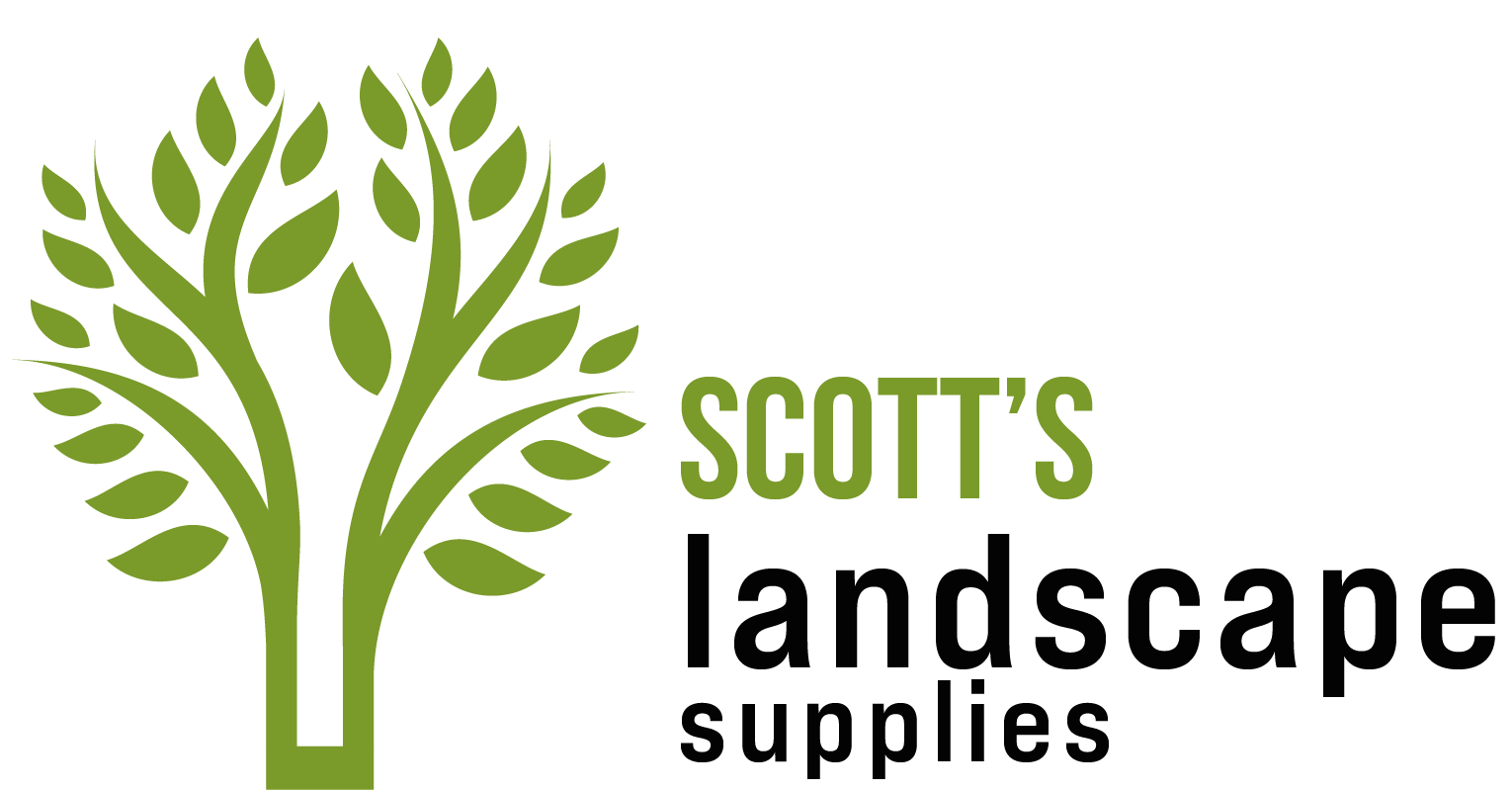Sheet Materials
Timber sheet materials, also known as engineered wood or composite wood, are products made from wood fibers or particles bonded together to form sheets or panels. These materials offer a range of advantages, including increased strength, stability, and versatility compared to solid wood.
Here are some commonly used timber sheet materials:
Plywood: Plywood consists of multiple layers of thin wood veneers, called plies, that are glued together with their grain directions perpendicular to each other. This construction provides strength and stability. Plywood is available in various grades, thicknesses, and sizes, making it suitable for a wide range of applications, including furniture, cabinetry, flooring, and structural sheathing.
Oriented Strand Board (OSB): OSB is made from wood strands that are oriented in layers and bonded together with a waterproof resin. It is a cost-effective alternative to plywood and is commonly used in construction for roof decking, wall sheathing, and subflooring.
Medium Density Fiberboard (MDF): MDF is composed of fine wood fibers bonded with resin under high pressure and heat. It is a smooth, dense, and uniform panel with no grain or knots. MDF is widely used in cabinetry, furniture, interior trim, and decorative applications due to its machinability and ability to hold intricate shapes.
Particleboard: Particleboard is made from wood particles or chips that are mixed with resin and compressed under heat and pressure to form a solid panel. It is an economical option for furniture, shelving, and other applications where strength is not the primary requirement.

